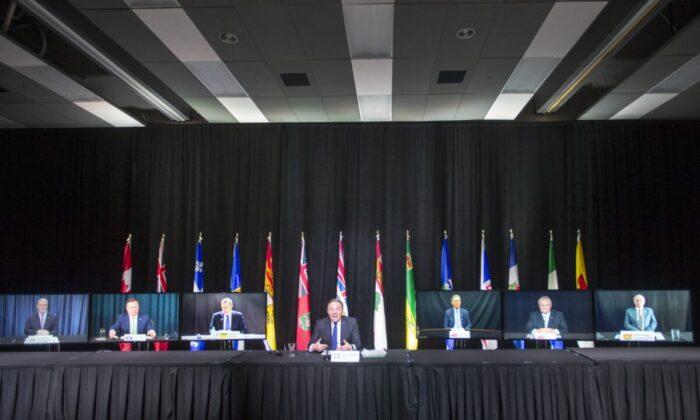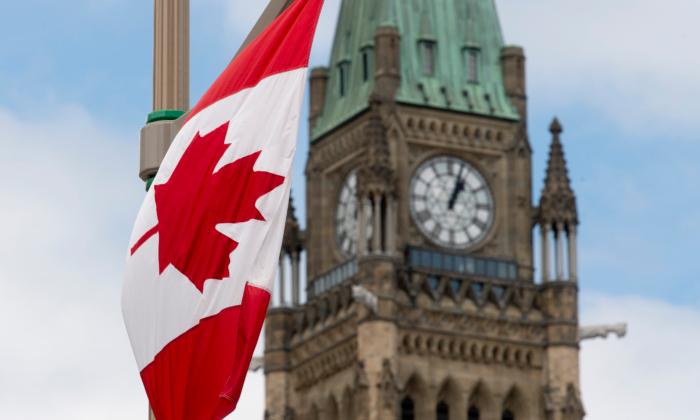Canada could boost its economy by $200 billion a year if it removes internal trade barriers and considers adopting mutual recognition policies, says a recent study by think tank Macdonald-Laurier Institute (MLI).
However, if Canada decides to adopt mutual recognition policies, which means the “regulatory requirements met for one provincial and territorial government automatically satisfies requirements for another,” the potential economic benefits “are large.”
“We find that Canada’s economy could increase by between 4.4 and 7.9 percent—a significant gain of between $110 and $200 billion per year—if internal trade barriers are eliminated by mutual recognition policies,” authors Ryan Manucha and Trevor Tombe wrote.
The report, which examines a wide range of industries based on their influences on the overall economy and their trade flows between provinces and territories using data from Statistics Canada, estimated that a one percentage point reduction in trade costs for professional and scientific services would increase Canada’s real GDP by 0.027 percent.
‘Stubborn Problem’
Despite the potential benefits of doing away with the barriers, solving Canada’s internal trade woes “has remained a stubborn problem,” the report said.Manucha, an interprovincial trade expert, said the need for “absolute consensus” between the provinces has been challenging as it involves “many ministries at once, which may not always be aligned in terms of what they want, what their ideal outcomes are.”
The report argued that the AIT did not offer an explicit framework for arriving at mutual recognition, which led to its eventual termination and replacement by the Canadian Free Trade Agreement (CFTA) in 2017. According to the authors, the CFTA introduced an institutionalized method to resolve trade barriers.
‘No Concentrated Political Benefit’
Alberta’s outgoing Premier Jason Kenney, who also spoke the webinar, said the issue with many politicians is that they see “no concentrated political benefit” in advocating mutual recognition policies, which as a result get “crowded out.”“When you are in a job like mine, you’re dealing with a million issues concurrently. Most of your attention is sucked up by the most urgent matters or the short-term gains that you can get,” Kenney said.
“So a boring, technical grind where you see remote and long-term benefits does not work in the political calculus really to become a real priority.”
Tombe, a professor of economics at the University of Calgary, said the gains in internal trade liberalization are “harder to see and more defuse” than from protectionist measures.
Trade-Offs
The report stressed that even though removing internal trade barriers may reap huge economic benefits, important trade-offs, such as the shifting of resources, production, and employment across sectors and even across regions, have to be considered.“Sectors in one province that may not survive competition with lower-cost imports may shrink while sectors that see an increase in export volumes may expand. The same is true across regions,” the report said.
Manucha said if Canada is to proceed with a mutual recognition agreement, what it needs is to have the infrastructure and mechanisms in place that spell out the process for the movement of labour.
“What is the expectation of a new entrant to a new province? What is the process that they’re supposed to go through? What are the appeal mechanisms in place for them to say ‘I don’t like the way that you assess my credentials. I think I’m actually fit to practice here.’”
Manucha said Canada can look to Australia as a model as its version of mutual recognition policies have worked “so well,” and that the two countries have many things in common.
“What are the ingredients for success in Australia? Many of them exist in Canada,“ he said. ”You’ve got the same language, and broadly speaking [the] same sort of culture, same regulatory framework, same legal framework.”






Friends Read Free